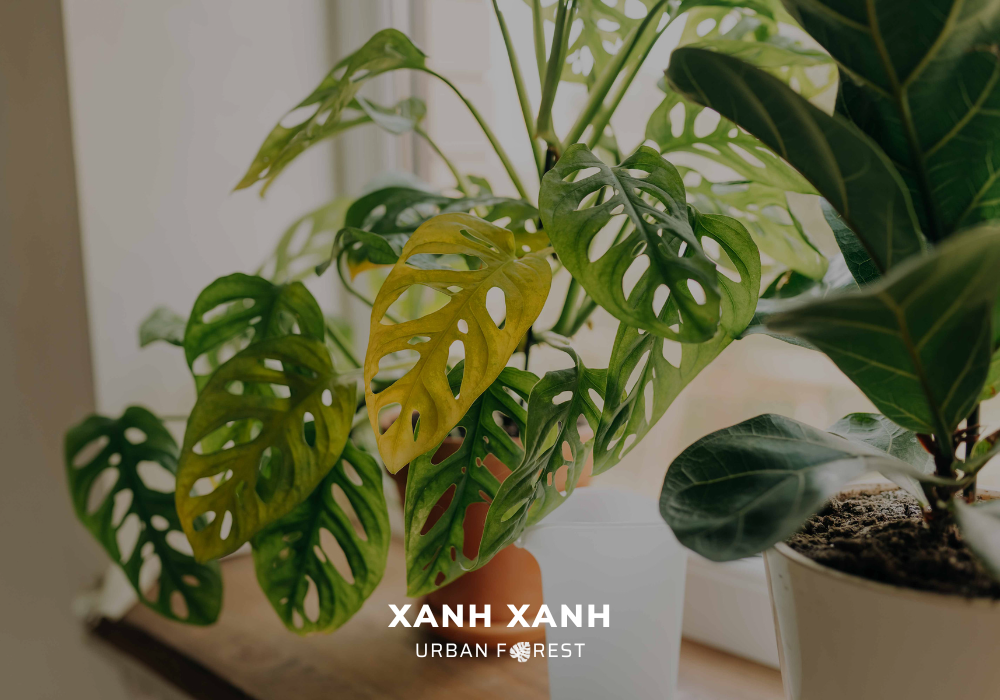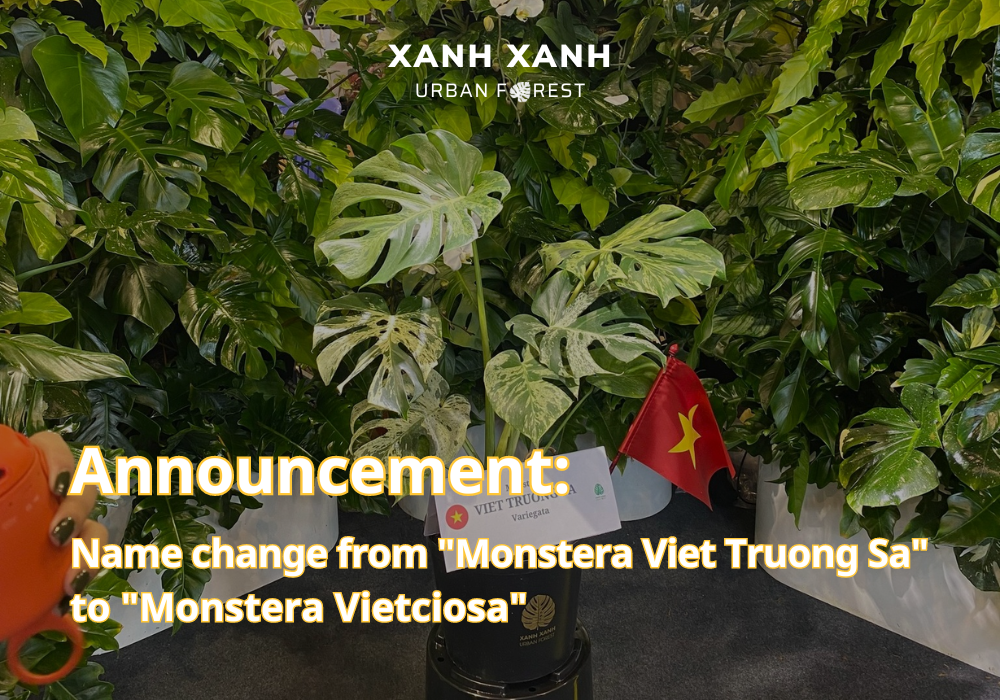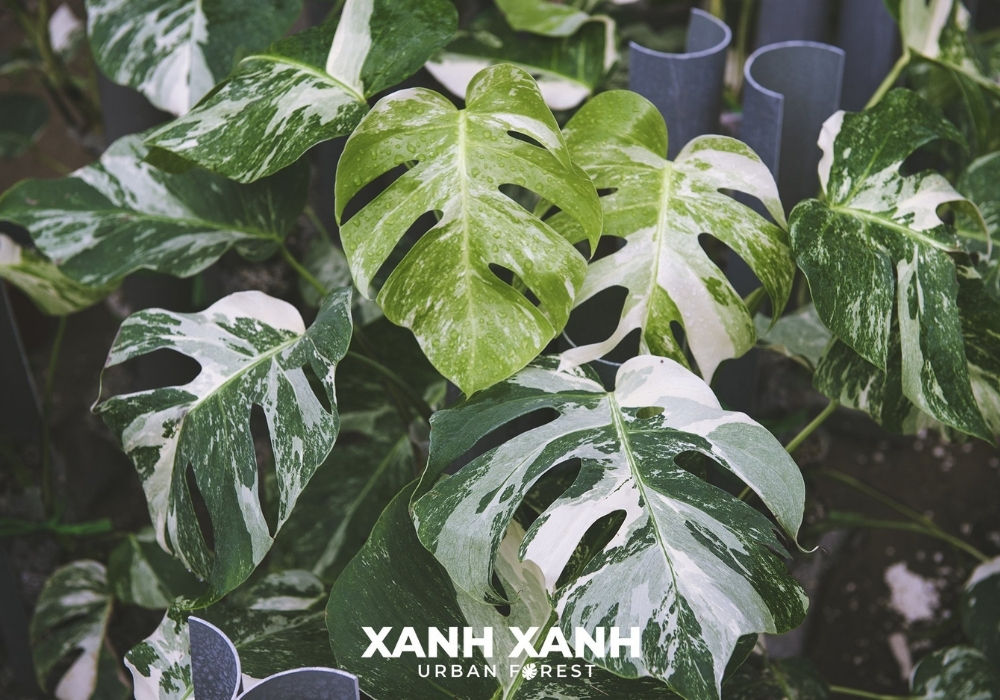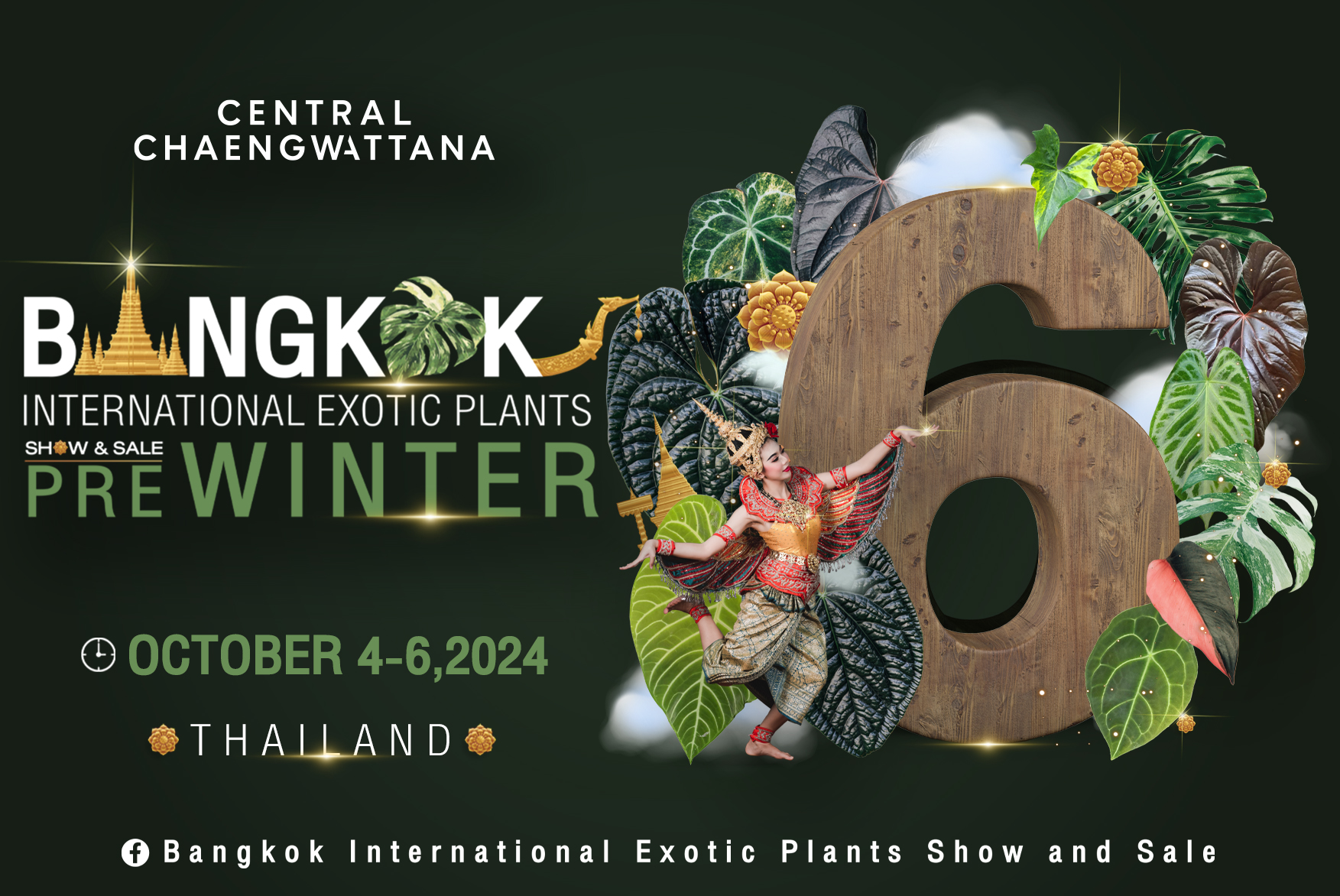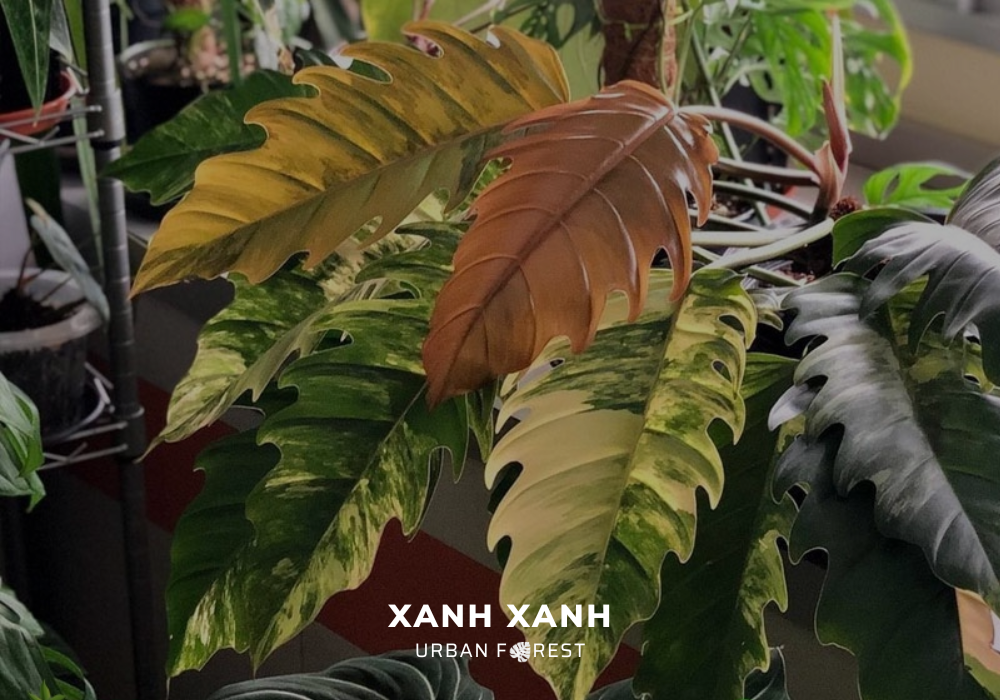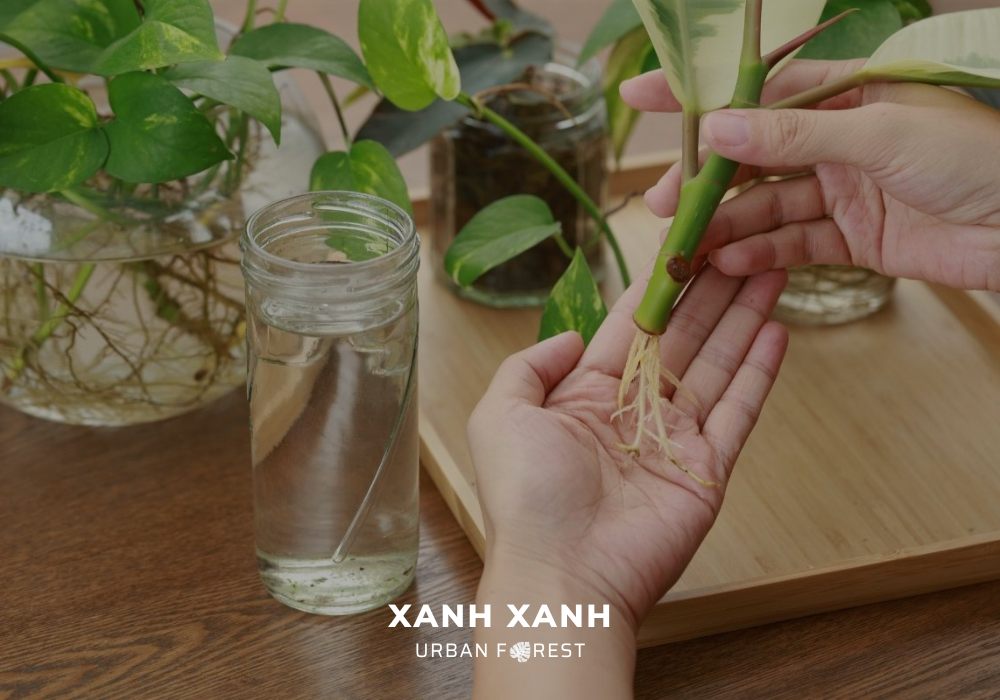Table of Contents
1. Introduction
Have you ever looked at your plant and noticed that it no longer looks as healthy as it used to and has unusual signs? The leaves may be yellow or the plant’s growth may be slow. If so, your plant may need fertilizer.
Fertilizer plays a major role in maintaining the health of your plants. The nutrients it provides aid in their growth and development. So how can you know whether your plants require fertilizer?
Through this blog post of Xanh Xanh Urban Forest, you will have the answer to the above question that you have always wondered.
2. The importance of fertilizer for plant health
For a moment, let’s compare humans and plants. Nutrients are as necessary for the growth and survival of plants as they are for human beings. While some nutrients are found in the soil naturally, others may deplete over time and require fertilizers to be replenished. Roughly 85% of soils globally are thought to be deficient in nitrogen, according to the International Fertilizer Association (IFA). 73% of soils have phosphorus deficiencies, while 55% have potassium deficiencies. Therefore, we need to use fertilizers to supply more nutrients.
Fertilizers act as a multivitamin for plants, providing them with the nourishment they need to thrive. Fertilizer provides vital nutrients that plants require for several processes, including potassium (K), phosphorus (P), and nitrogen (N). Nitrogen promotes green development, potassium strengthens and increases a plant’s resilience to disease, and phosphorus benefits roots and blossoms.
Your plant may show signs of nutrient shortage if it doesn’t get enough fertilizer. Your plant may die if it suffers from severe nutrient deficits. For this reason, regular fertilization is necessary to maintain the health of your plants.
3. Signs your plant needs fertilizer
However, how can you determine whether your plants require fertilizer? Xanh Xanh Urban Forest has gathered for you the following odd tree signs:
3.1. Slow growth
If your plant is growing very slowly, it could be a sign that it’s not getting enough nutrients. A healthy plant should be putting out new growth regularly. Applying fertilizer to your plant could be a smart move if its leaves aren’t developing.
3.2. Pale or yellow leaves
One of the most visible indicators of a plant’s general health can be seen in the color of its leaves. Dark green is the hue of healthy leaves. A plant may not be getting enough nitrogen if its leaves are pale or yellow. Chlorophyll is responsible for the green color of leaves and can only be created by nitrogen.
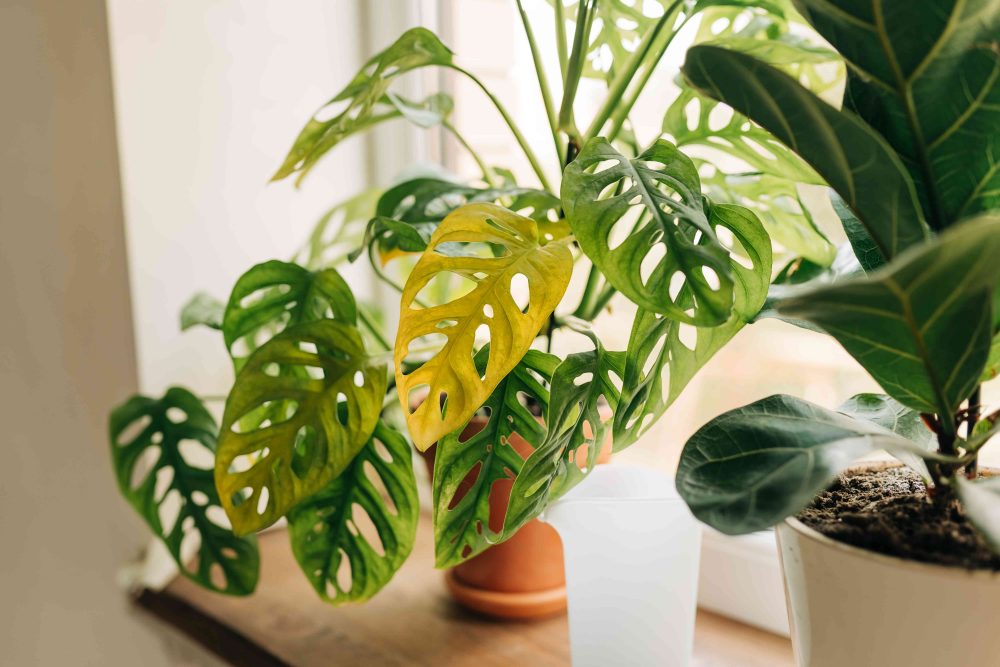
3.3. Brown or dead leaves
Leaves wither, brown or die due to many causes, such as pests, diseases and environmental pollutants. However, this signs can also indicate that your plant is not receiving enough nutrients. Fertilize the plant and see if that helps if all other factors have been ruled out.
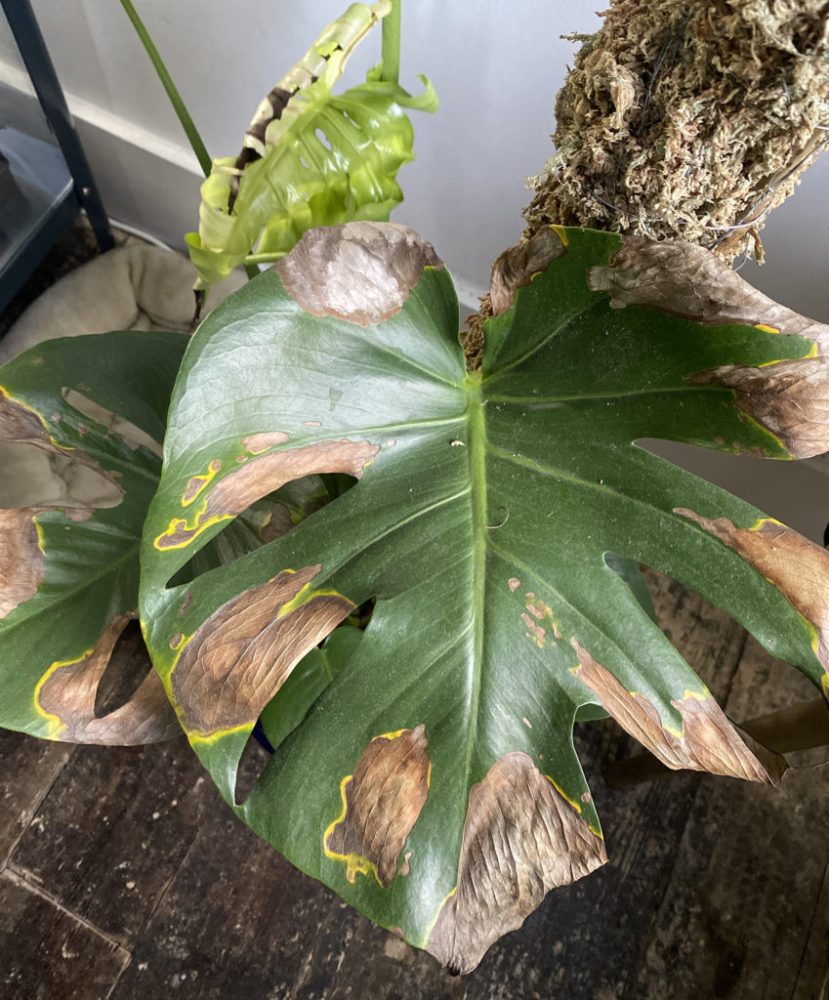
3.4. Weak or spindly stems
Have you ever noticed that the stem of your plant appears weaker or thinner than it typically does? This could suggest that your plant requires additional fertilizer. Lack of nutrients can stunt growth in your plant and neighboring plants. Giving the plant extra fertilizer is vital since it will support the growth of robust branches and give it with necessary nutrients.
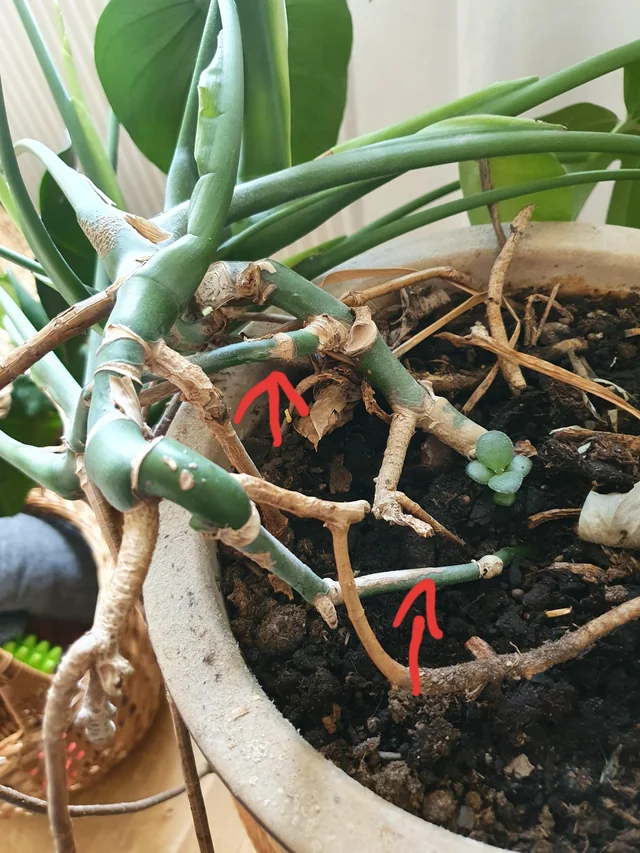
6. Final thoughts
If you see any of these signs, it’s a good idea to fertilize your plant. However, it’s important to fertilize your plants correctly. Too much fertilizer can be just as harmful as too little. Be sure to follow the instructions on the fertilizer label carefully.
Read more: The Right Way to Fertilize Your Houseplants: Secrets to Healthy Plants
Xanh Xanh Urban Forest hopes that you found this blog article to be useful and educational. Please use the following to contact us with any questions:

